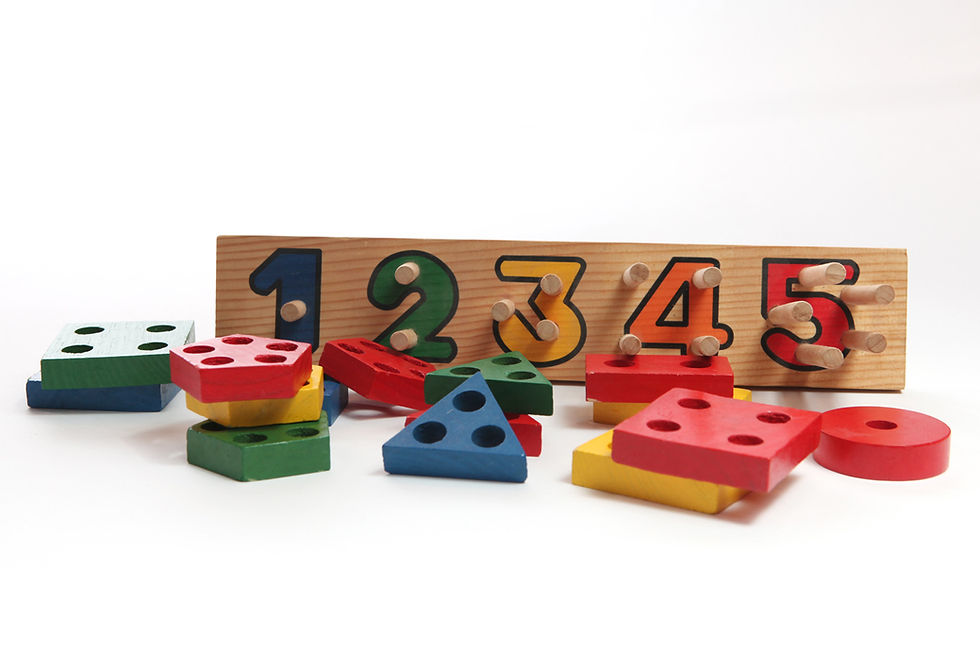Real Estate By the Numbers
- Gedaliah Borvick

- Jan 28, 2011
- 2 min read
Updated: Sep 23, 2021

The process of buying a home in Israel is very different than in the United States. The language is different, the payment structure is usually different, the legal process is different, and the numbers are different.
Let’s focus on some of the numbers:
Floors
In the US, if you look at an apartment on the third floor, you’re standing on the third level. Pretty obvious, right? Not so simple. Here in Israel a third floor apartment is on the fourth level. That's because the ground floor is called “0” or “karka” (ground), the second floor is called “1”, and so on.
Meters
Yes, our elementary school teachers were right when they told us that the world is moving to the metric system – the world has, except for the US. So we're going to take the heroic leap and learn it now. Here’s the quick calculation: 1 square meter (sqm) = 10.76 square feet (sf), therefore a 100 sqm apartment is 1,076 square feet. (A square meter should not be confused with a linear meter which equals 3.28 feet; e.g., a 2 meter tall person is a little over 6’6”.)
Dunam
It sounds like a Hebrew word, but dunam is actually a unit of land area that was used during the era of the Ottoman Empire. In Israel, a dunam equals 1,000 square meters, equaling 10,764 sf, or just about a quarter of an acre. Dunam is an important word for people who are buying either land to develop or a house, and want to understand the size of their lot.
Room count
I was an investment sales broker in the US for many years, and a 3-room apartment in New York had one bedroom and a 4-room apartment had two bedrooms. However, in Israel, a 3-room apartment has two bedrooms and a 4-room apartment has three bedrooms. The additional room is the salon, which is the living room/dining room. Neither the kitchen nor the bathrooms are included in the room count.
Arnona
Municipal taxes (think of it like real estate taxes in the US) must be paid on every property. Unlike in the US, the tenant – not the landlord – pays the arnona (unless the apartment rental is short term). This is done for one simple reason: the tenant’s status affects the tax rate. For example, reductions are given to retirees, soldiers, the disabled, single parent families and, in some cases, for residents with very low salaries. The arnona rate in the country ranges from 40 shekels to over 100 shekels per meter, depending on the municipality. In Jerusalem, the average arnona rate in or near the center of town is approximately 90 shekels per meter. So a 100-meter apartment’s annual arnona bill would be around 9,000 NIS ($2,800).
Gedaliah Borvick is the founder of My Israel Home (www.myisraelhome.com), a real estate agency focused on helping people from abroad buy and sell homes in Israel. To sign up for his monthly market updates, contact him at gborvick@gmail.com.



